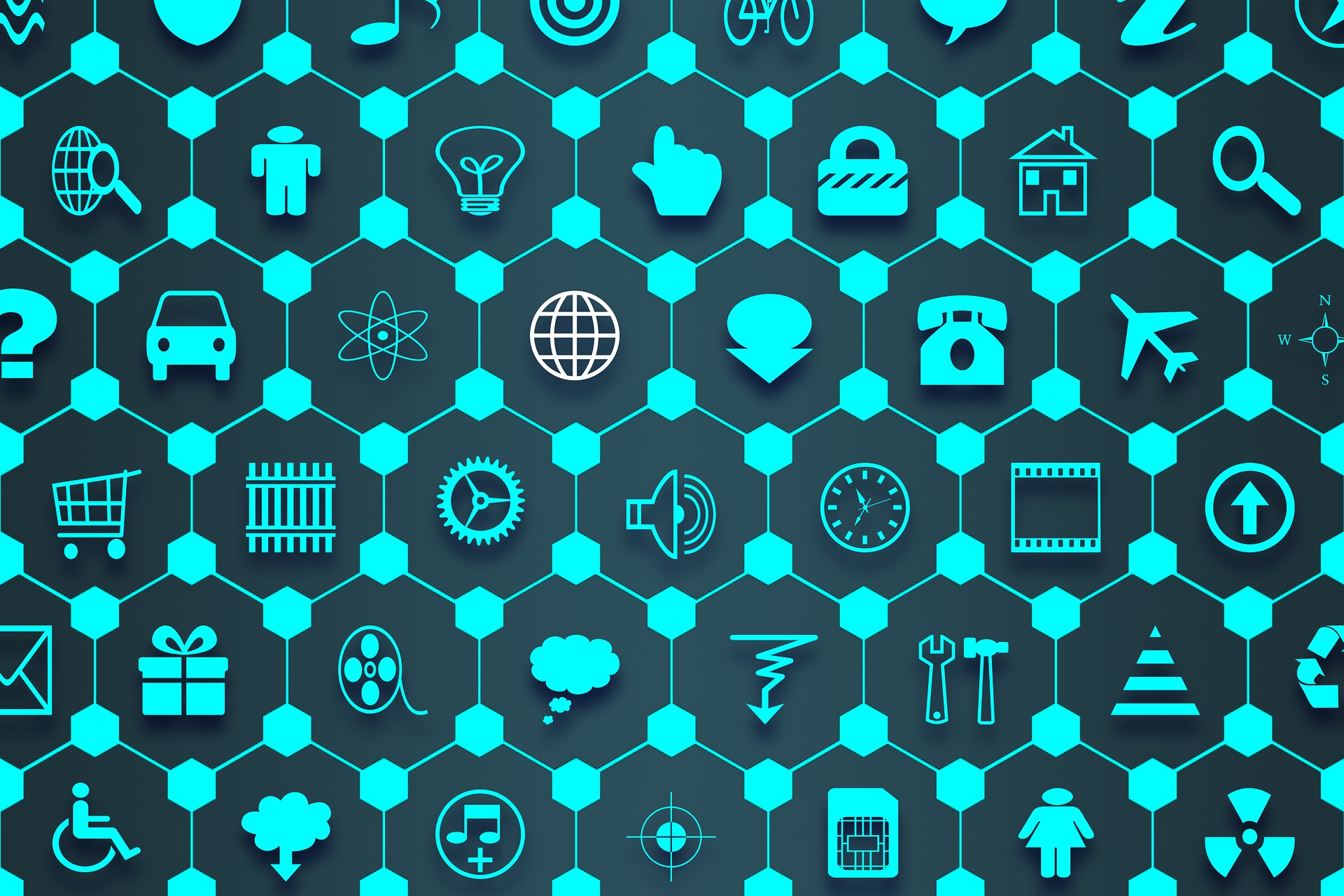The news comes form Nokia’s (yes you read that right) latest Threat Intelligence Report: IoT devices comprise over 30% percent of infected devices on mobile networks, up from 16.2 percent in 2019.
In first place, according to the research, Windows with an infection rate of 38.9 percent, with Android closing the rostrum with 26.6 percent.
The Finnish company, talking about this numbers, attributed the alarming rise to the usual culprits of poor cyber security practices on the one hand and increasingly cunning attacks by hackers on the other.
Going into slightly more detail, Nokia said the vulnerability of an IoT device depends on whether it is visible to hackers that use network scanners.
What 5G will bring to the threats table
Now, with 5G on the horizon and with the expected ushering of the new era of massive machine-type communication (mMTC), the problem could get a lot worse as the number of devices accessible directly from the Internet increases.
Furthermore, 5G networks by their very nature are potentially vulnerable, Nokia warned.
For instance, in a virtualised environment, compromised control applications “may wreak havoc on a large scale by erroneously or maliciously interacting with a central network controller,” Nokia said.
This has serious implications for 5G, given that we’re all supposed to be using it for everything in the not-too-distant future.
Other than IoT devices and the new exploitation possibility ushered with 5G, the pandemic also has provided the occasion for new and massive Phishing campaigns,
According to Nokia’s report, February and March saw a 30 percent spike in the average monthly mobile infection rate, as hackers capitalised on peoples’ thirst for information about the spread of Covid-19.
Examples include a trojan targeting Windows devices that masquerades as a map of coronavirus infections developed by John Hopkins University. Instead though it steals victims’ personal data. Nokia also found a similar one that installs ransomware on Android devices.
Arguably it also suggests an absence of coordination, and indeed competence, from some central governments in their coronavirus response that has left people desperate for information from wherever they can get it – but that’s a rant for another day.





